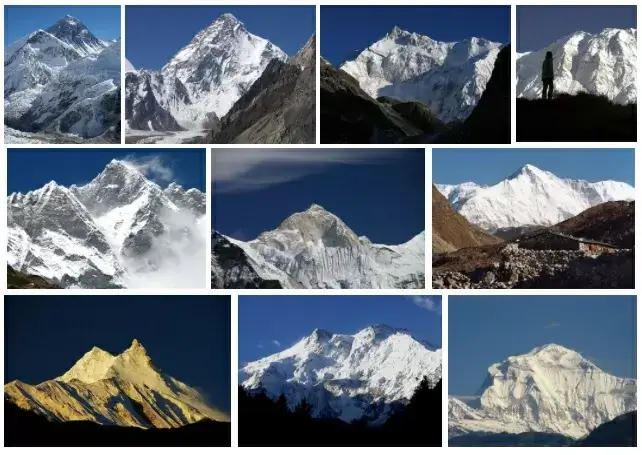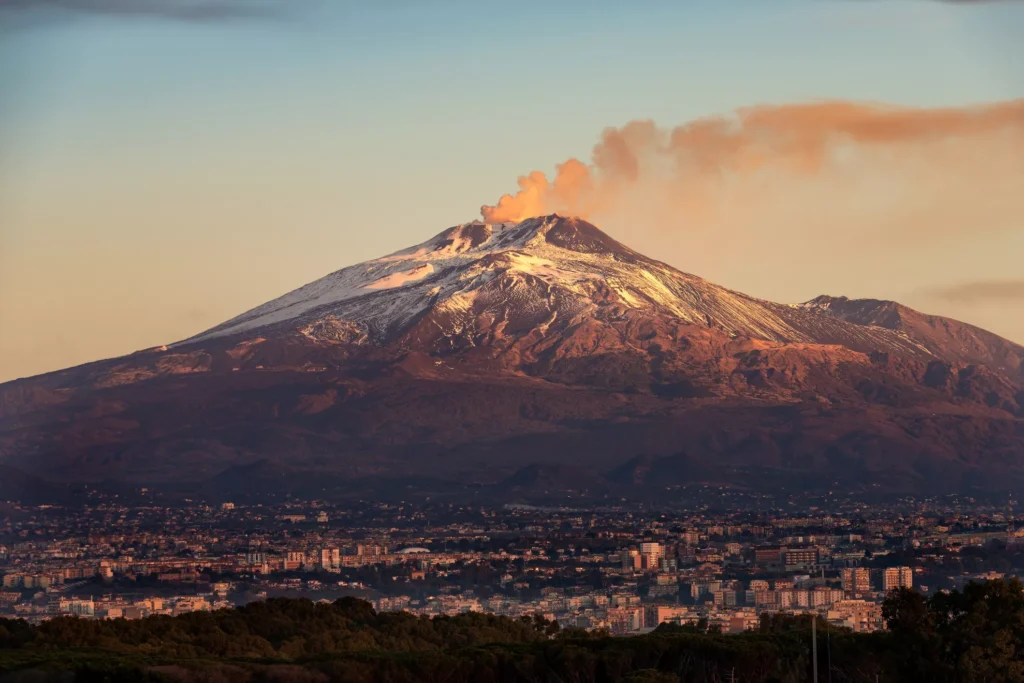5 Types of Mountains Explained: Climbers Should Know
From the volcanic flanks of Mount Elbrus to the folded ridgelines of the Himalayas, the mountains we climb are as diverse as the climbers who summit them. But beyond beauty lies structure – and structure affects everything from rock stability to avalanche risk. Knowing how a mountain was formed can help climbers choose smarter routes, anticipate dangers, and better understand the terrain beneath their boots.
Here’s a breakdown of the five major mountain types, their origins, and how each one shapes your climbing experience.

Table of contents
Fold Mountains: The Giants of Compression
Fault-Block Mountains: Split by Earth’s Tectonic Forces
Volcanic Mountains: Born of Fire
Dome Mountains: Uplifted Without Folding
Plateau Mountains: Carved by Time, Not Force
Why This Matters to Climbers
Fold Mountains: The Giants of Compression
Examples: Himalayas (Everest, Annapurna), Andes, Alps
Fold mountains form when two tectonic plates collide and compress layers of rock, forcing them to crumple and rise. These are the highest mountains on Earth – including Everest – and are often geologically young, which makes them both dramatic and unstable.
Climbing Characteristics:
- Steep ridgelines and deep valleys
- Frequent rockfalls and avalanches due to ongoing geological activity
- Snow-packed, technical ascents with glacier travel and exposure
Fault-Block Mountains: Split by Earth’s Tectonic Forces
Examples: Sierra Nevada (USA), Harz Mountains (Germany)
These mountains form when tectonic forces pull the Earth’s crust apart, causing large blocks to break, tilt, and lift. The result: steep, linear ridges and valleys.
Climbing Characteristics:
- Sharp elevation changes and long escarpments
- Often dry and rugged, with exposed rock and little vegetation
- Climbing is typically non-glaciated, but route-finding can be tricky
Volcanic Mountains: Born of Fire
Examples: Mount Fuji (Japan), Mount Elbrus (Russia), Mount Rainier (USA), Cotopaxi (Ecuador)

Volcanic mountains form from eruptions that deposit layers of lava and ash over time. Some are extinct, while others are still active or dormant, posing additional risks.
Climbing Characteristics:
- Symmetrical shapes and straightforward summit lines
- Can be deceptively technical due to glaciers and icy slopes
- Risks include volcanic gas, ashfields, and unstable crater rims
Dome Mountains: Uplifted Without Folding
Examples: Black Hills (USA), Navajo Mountain (Utah)
Dome mountains form when magma pushes up beneath the crust but doesn’t erupt, creating a rounded, uplifted shape as overlying rock layers bulge.
Climbing Characteristics:
- Generally less steep and dramatic
- Popular with scramblers, hikers, and off-route climbers
- Exposed rock slabs, often solid and good for friction climbing
Plateau Mountains: Carved by Time, Not Force
Examples: Table Mountain (South Africa), parts of the Colorado Plateau
Plateau mountains form when large flat regions are uplifted and then sculpted by erosion over millennia. Though not sharp in shape, they can still tower above the surrounding terrain.
Climbing Characteristics:
- Often require long approaches and navigation skills
- Multi-pitch walls and slot canyons for technical climbers
- Best suited for rock climbers and desert adventurers
Why This Matters to Climbers
Knowing your mountain’s type can help you:
- Anticipate technical challenges (ice, rockfall, route shape)
- Choose the right gear and acclimatization plan
- Understand weather and terrain hazards unique to each region
In short, geology isn’t just for textbooks – it’s for survival and summit success. Mountains are storytellers. Their very shape whispers of Earth’s ancient collisions, volcanic fury, and slow sculpting hands of wind and water. As climbers, reading those stories makes us not just safer but more connected to the landscapes we love.
So next time you rope up or lace your boots, ask yourself: what kind of mountain am I really climbing?
